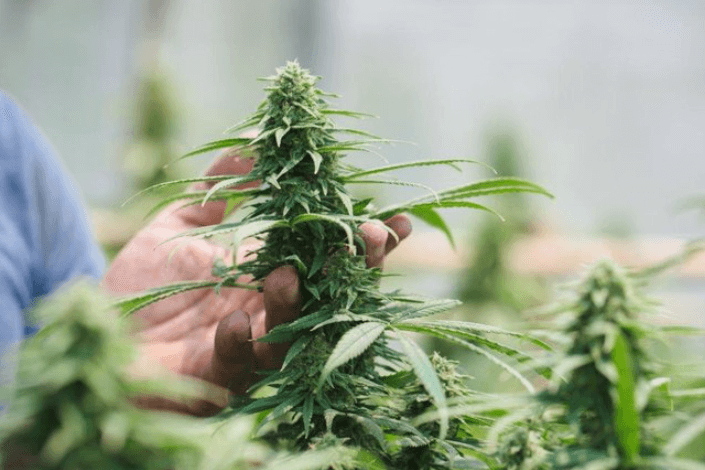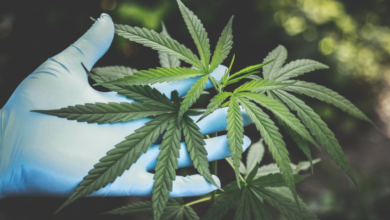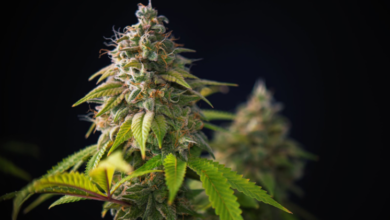Is Cbd Legal in Indiana

The legal status of CBD in Indiana presents a nuanced landscape shaped by evolving legislation and regulatory frameworks. As a derivative of hemp with a THC content not exceeding 0.3%, CBD is indeed permissible; however, the intricacies surrounding its purchase and use can lead to confusion among consumers. Understanding the distinctions between hemp and marijuana, as well as the implications of state regulations, is crucial for navigating this complex market. What remains uncertain is how future legislative changes might impact accessibility and compliance for both consumers and retailers alike.
Overview of CBD Legislation
The legal status of cannabidiol (CBD) in Indiana has evolved significantly in recent years, driven by both state and federal legislative developments aimed at clarifying its regulation and accessibility.
This shift has fostered notable CBD market trends and substantial hemp industry growth, allowing consumers greater access to CBD products while encouraging entrepreneurs to explore opportunities within this expanding marketplace.
See also: How Long Does Cbd Last for My Dog
Hemp Vs. Marijuana Distinction
The distinction between hemp and marijuana is critical for understanding their legal status and implications in Indiana.
Legally, hemp is defined as cannabis containing 0.3% or less THC, while marijuana contains higher levels of this psychoactive compound.
These differences in THC content not only affect legality but also influence the applications and market for each type of cannabis.
Legal Definitions Explained
Understanding the legal distinction between hemp and marijuana is crucial for navigating the regulatory landscape surrounding CBD in Indiana.
CBD misconceptions often arise due to the similarities between these two plants; however, their legal definitions differ significantly.
Hemp, defined as cannabis with less than 0.3% THC, is permitted in the Indiana market, while marijuana remains restricted, complicating consumer perceptions and access.
THC Content Differences
How does THC content differentiate hemp from marijuana, and what implications does this distinction have for legality and regulation in Indiana?
Hemp contains less than 0.3% THC, while marijuana exceeds this threshold. This differentiation is crucial, as it influences regulatory frameworks and public perception.
Understanding these distinctions can help dispel CBD misconceptions and highlight the potential CBD benefits, fostering informed choices among consumers.
THC Content Regulations
In Indiana, the legal framework governing CBD products stipulates that any hemp-derived product must contain no more than 0.3% THC to remain compliant with state and federal regulations.
This limit is crucial to ensure that THC extraction processes do not yield products exceeding permissible levels, thereby maintaining legality and consumer safety.
Adherence to this regulation promotes responsible consumption within the evolving hemp market.
Purchasing CBD in Indiana
Purchasing CBD in Indiana requires consumers to navigate a landscape shaped by state regulations and a variety of available product options.
To ensure compliance and safety, individuals should adhere to specific purchasing guidelines, which emphasize sourcing reputable CBD products.
Understanding these regulations will empower consumers to make informed decisions while advocating for their freedom to access beneficial alternatives in the marketplace.
Medical Use of CBD
The medical use of CBD in Indiana is governed by state regulations that outline specific conditions for which it may be prescribed, reflecting a growing recognition of its potential therapeutic benefits.
Health professionals must adhere to established dosage guidelines to ensure safety and efficacy.
This structured approach enables patients to explore CBD as a viable treatment option while maintaining accountability within the healthcare system.
Future of CBD Laws in Indiana
What trends can be anticipated in the evolution of CBD laws in Indiana as public opinion and scientific research continue to shape the regulatory landscape?
Future trends may include more comprehensive legislation addressing production standards and consumer safety.
However, potential challenges such as political opposition and misinformation could hinder progress.
Stakeholders must navigate these complexities to achieve a balanced regulatory framework that respects individual freedoms.
Conclusion
The legality of CBD in Indiana, shaped by stringent regulations and evolving legislation, presents a complex landscape for consumers.
As the market continues to expand, questions regarding the future of CBD laws loom large. Will further changes enhance accessibility or impose additional restrictions?
Understanding the nuances of THC content and the distinction between hemp and marijuana becomes increasingly crucial.
The ongoing developments in this sector may hold significant implications for both consumers and producers alike, leaving one to ponder what lies ahead.




